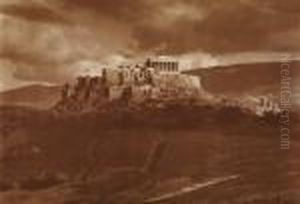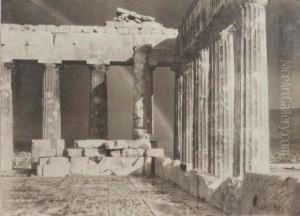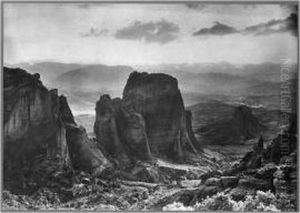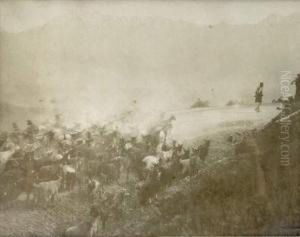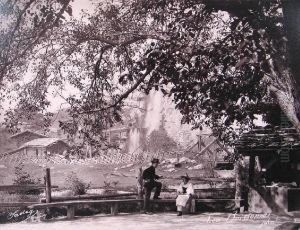Frederic Boissonnas Paintings
Frédéric Boissonnas was a renowned Swiss photographer born on June 18, 1858, in Geneva, Switzerland. He hailed from a family deeply rooted in the arts; his father, Henri-Antoine Boissonnas, founded a photographic studio in 1864, which Frédéric later took over. His work significantly contributed to the development of photography as an art form in the early 20th century.
Boissonnas is particularly famous for his landscape photography and his photographic expeditions to Greece between 1903 and 1930. His images of the Greek landscape, historical sites, and daily life played a crucial role in promoting the country's heritage internationally. He also captured the Swiss Alps' majestic beauty, contributing to the image of Switzerland as a picturesque tourist destination.
In addition to his artistic endeavors, Boissonnas was influential in the field of photomechanical reproduction, and he actively participated in the intellectual circles of Geneva. His collaborations with writers and artists of his time were significant for cultural exchanges and helped establish photography as a respected medium alongside painting and sculpture.
During World War I, Boissonnas served in the Swiss army, and his work from this period reflects the experiences of the conflict. After the war, he continued to travel and photograph, with his work becoming more experimental, including the use of autochromes, an early color photography process.
Frédéric Boissonnas passed away on October 17, 1946, in Geneva. His legacy endures through his contributions to the visual documentation of landscapes and cultures, as well as through his influence on the art of photography. His photographs are preserved in various institutions, including the Musée d'art et d'histoire in Geneva, which holds a significant collection of his works.
